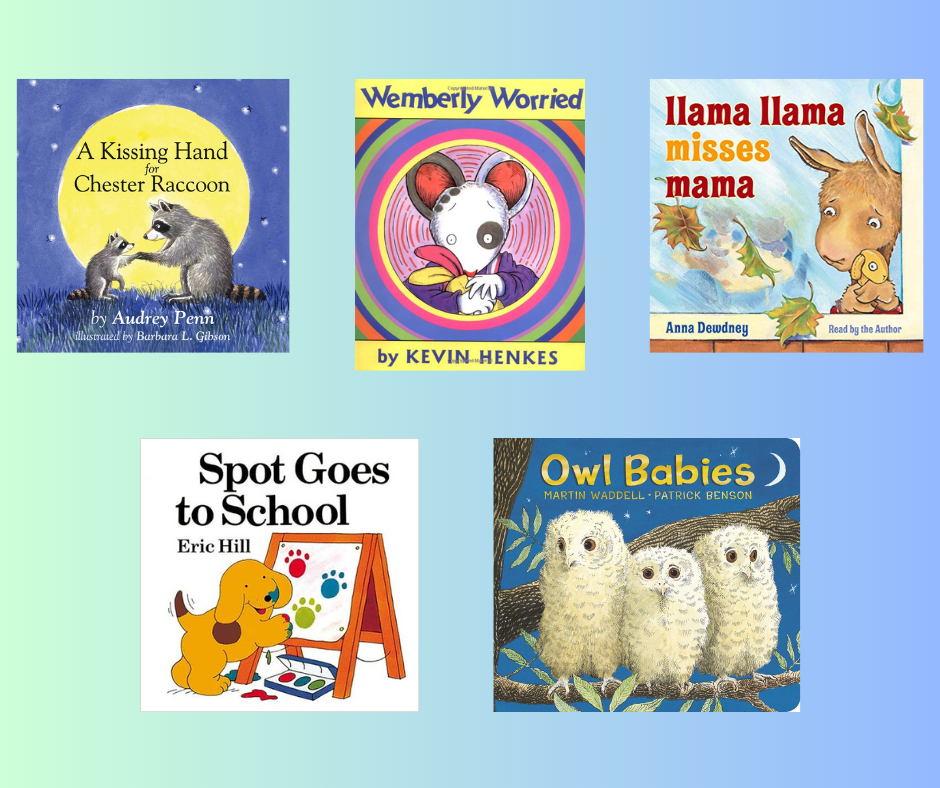Why Your Child Loves Stories With Animals: Unpacking the "Child in a Fur Coat" Concept
/Have you ever noticed that the characters in your child’s favorite shows and books are animals? There is a good reason for that (And no, it’s not just because kids love cute animals!)
There is actually a term called “child in a fur coat” that refers to animal characters who think, feel, and behave just like their kids. Writers and creators anthropomorphize (animals are given human-like qualities, emotions, and behaviors) so that they effectively become stand-ins for human children - hence "a child in a fur coat.”
The reason this is done is that by portraying characters as animals, adults can help children explore complex ideas or emotions in a way that is more accessible and less intimidating. in other words, a little distance from the topic goes a long way.
Let’s use the topic of Back to School as an example. You can simply approach this topic head-on with your little one: You are starting school next week. I am going to drop you off in your new school with your new teacher and you will play and eat a snack and then I will come back and pick you up. Are you nervous?
OR
You can tell them a story about a little bunny who is starting school. What does the bunny wonder about? What will the bunny do at school? Who will take care of them? When will Bunny’s Dada come back to get them?
Which conversation do you think your preschooler would relate to?
That is the magic of a child in a fur coat.
It’s not just for back to school! You can use this way of thinking to prep your children ahead of time for lots of other tricky transitions and experiences like getting a shot at the doctor, flying on an airplane, or even just trying out a new bedtime routine.
Children relate to storytelling and are much more engaged in a conversation that is not directly about them.
What do you think? Will your child relate to a “child in a fur coat?”
Click the links below for some of our favorite back-to-school books featuring children in fur coats.







Rescuing them from discomfort also robs them of resilience.